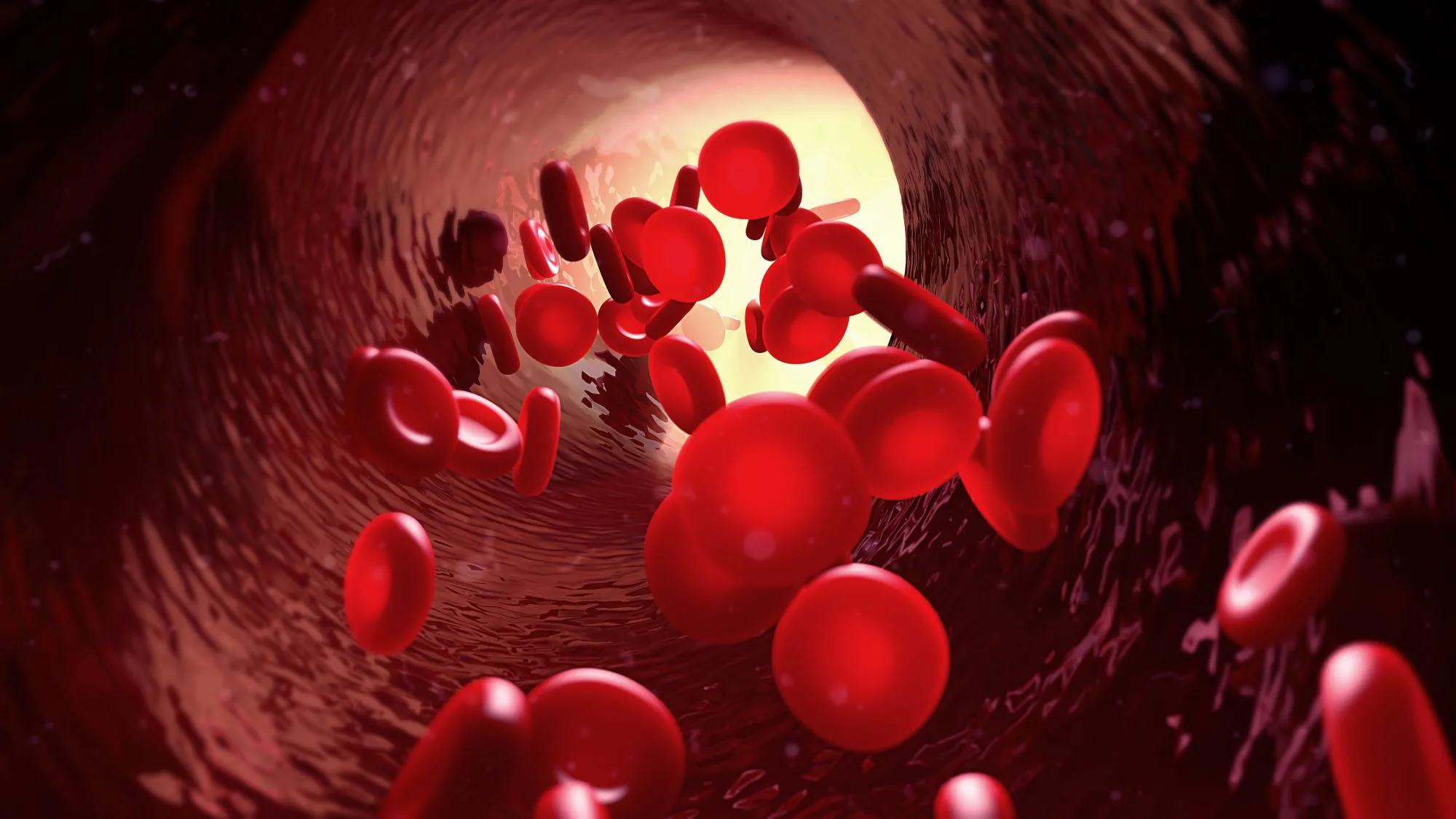Revolutionary 3D Printing of Functional Human Blood Vessels Marks a New Era in Lab-Grown Organs
Thursday, 8 August 2024, 14:08

Significant Advances in 3D Printing Technology
Scientists have achieved a groundbreaking milestone by successfully 3D printing functional human blood vessels. This innovative process is paving the way for the creation of lab-grown organs.
Implications for Medical Science
- Improved Organ Viability: Integrating vascular networks into bioprinted tissues can enhance their functionality.
- Addressing Organ Shortage: This technology may help solve the ongoing shortage of organ donors.
- Future of Regenerative Medicine: The ability to create organs from scratch can transform medical procedures.
Conclusion
This achievement in bioprinting not only advances our understanding of human physiology but also has profound implications for the future of transplantation and patient care.
This article was prepared using information from open sources in accordance with the principles of Ethical Policy. The editorial team is not responsible for absolute accuracy, as it relies on data from the sources referenced.